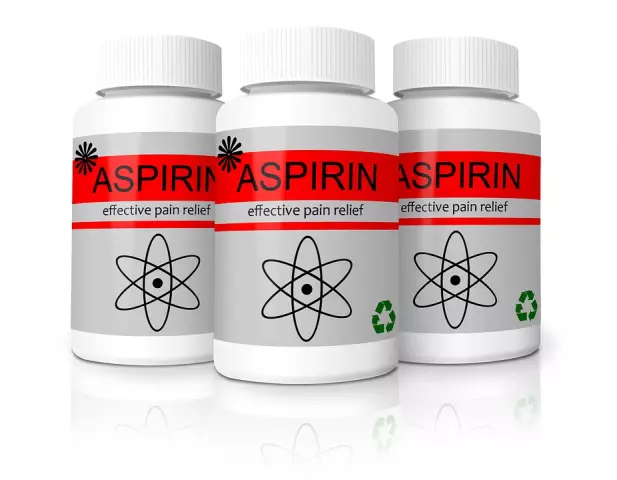- Author Rachel Wainwright [email protected].
- Public 2023-12-15 07:39.
- Last modified 2025-11-02 20:14.
Muscles of the head
The muscles of the head are a special group of muscles in the human body. They are subdivided into mimic and chewing.

The facial muscles of the head, unlike all the others, are attached to the bones only on one side, and on the other they are firmly intertwined with the tissues of the scalp. Some of the facial muscles do not start from the bones of the skull, but from the ligaments. Another distinctive feature of the facial muscles of the head is that they do not have fascia.
The upper part of the head is covered with the supracranial muscle. It is formed by two muscles - the frontal and occipital. They are adhered to the scalp and in particular are responsible for the movement of the eyebrows.
The main masseter muscles are the temporalis muscle and the masseter muscle. They are attached with one end to the bones of the skull, and the other to the lower jaw.
In addition to these muscles, the trapezius muscle is also attached to the back of the head, which is responsible for the formation of posture and head tilt.
Chewing muscles of the head: functions
The chewing muscles are responsible for speech, swallowing and, most importantly, as the name implies, for the act of chewing. When they are reduced, the lower jaw is displaced, which determines the chewing movements.
Facial muscles of the head: functions
This group of muscles of the head determines the rich facial expressions of the human face. Different facial expressions result from different combinations of contractions of this muscle group. Mimic muscles are grouped around the mouth and eye slits, auditory and nasal openings. When they contract, the lumen of these natural openings increases, and when they relax, it decreases.
Head muscle spasm
Headache, unfortunately, is well known and firsthand to most adults. The most common type of headache is tension headache. It occurs as a result of a spasm of the muscles of the head - the muscles of the scalp (occipital, temporal, frontal), facial and / or trapezius muscles. In fact, in this case, it is not the head that hurts, but the muscles of the head.
With a spasm of the muscles of the head, squeezing of the blood vessels located in their thickness occurs. This leads to the development of ischemia (oxygen starvation) of the muscles, their swelling and pain. As a result, patients begin to complain of monotonous, squeezing, tightening or squeezing pains. They describe them quite figuratively: "I pulled my head with a hoop, a helmet, a vice."
Why do the muscles of the head hurt?
A spasm of the muscles of the head leading to an overstrain headache can be caused by various reasons:
- Depression, anxiety, stress. In this case, patients complain not only of a headache, but also various psychoemotional disorders - poor sleep, lack of appetite, decreased mental and physical performance, pronounced feeling of fatigue, irritability, anxiety.
- Fatigue of the muscles of the head caused by prolonged exposure to forced positions (driving a car, long-term work at the computer, work on a conveyor belt with small objects, etc.).
What to do when the muscles of the head hurt?
If you have a headache due to a spasm of the muscles in your head, then you should not immediately start taking pain relievers. In many cases, a walk in the fresh air, a hot shower, a warm bath and massage of the muscles of the temples, occiput, and forehead help to eliminate the spasm of the muscles of the head. This massage is quite simple and you can do it yourself. If the activities listed above do not bring relief, then you can take one or two tablets of any pain reliever. If you have frequent tension headaches, you should seek medical help.
Found a mistake in the text? Select it and press Ctrl + Enter.






